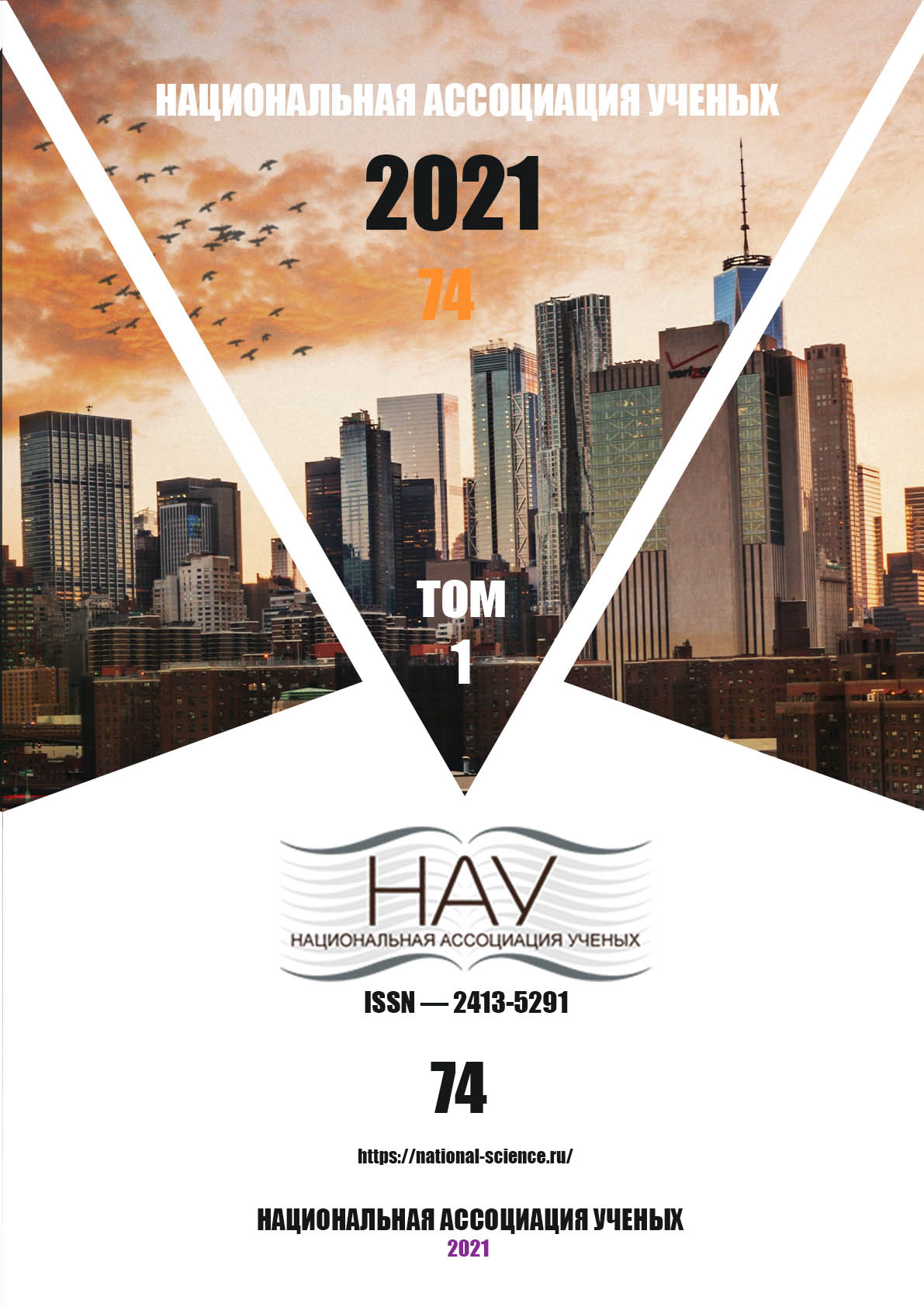UNJACKED GLAZE BASED ON SUSPENSION OF QUARTZ SAND
Keywords:
jade glaze, composition modeling, mechanochemical activation, ulexite, synthesis, majolicaAbstract
The article discusses various methods for the synthesis of jade glaze for majolica. As a result of the studies, the fundamental possibility of the synthesis of jade glazes based on both natural and artificial raw materials was established. The problems in this direction are identified and the goals of further research are determined.
References
Volgina Ju.M. Teplotehnicheskoe oborudovanie stekol'nyh zavodov. – M.: Strojizdat, 1974. 313 s.
Zhernovaja N.F., Burchakova Ju.V., Zhernovoj F.E., Miroshnikov E.V. Legkoplavkie nefrittovannye glazuri dlja stroitel'noj i hudozhestvennoj keramiki N.F. i dr.//Steklo i keramika. 2013. №3. S.33–36.
Levickij I. A., Birjuk V. A. Glazurovannye majolikovye izdelija odnokratnogo obzhiga// Steklo i keramika. 2000. №12. S. 27–30.
Pivinskij, Ju. E. Kvarcevaja keramika, iskusstvennye keramicheskie vjazhushhie (VKVS) i keramo-betony – istorija i perspektivy razvitija tehnologij// Ogneupory i tehnicheskaja keramika. 2009. № 3. S. 8–17.
Spirina O.V., Remiznikova V.I. Podbor glazurej dlja keramicheskih mass s uchetom soglasovanija ih kojefficientov termicheskogo rasshirenija//Izvestija Kazanskogo Tkachev A. G., Tkacheva O. N., Solov'eva I. S. gosudarstvennogo stroitel'nogo universiteta. Poluchenie legkoplavkih glazurej bez varki 2006. №1(5). S.45-49. fritty // Steklo i keramika. 2002. №11. S.16 – 17.
Tverdost' mineralov [Jelektronnyj resurs]. URL: https://www.articles /Shkala-Moosa-Tverdostmineralov (data obrashhenija 1.02.2020).
Downloads
Published
Issue
Section
License

This work is licensed under a Creative Commons Attribution-NoDerivatives 4.0 International License.
CC BY-ND
A work licensed in this way allows the following:
1. The freedom to use and perform the work: The licensee must be allowed to make any use, private or public, of the work.
2. The freedom to study the work and apply the information: The licensee must be allowed to examine the work and to use the knowledge gained from the work in any way. The license may not, for example, restrict "reverse engineering."
2. The freedom to redistribute copies: Copies may be sold, swapped or given away for free, in the same form as the original.





